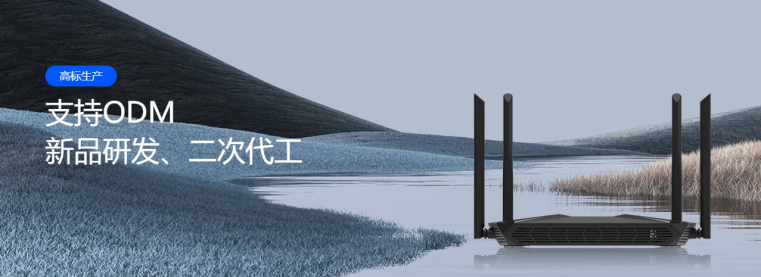Optical module is a kind of network interconnection equipment to realize photoelectric signal conversion , and the transponder is a kind of network interconnection equipmen to realizw optical signal regenerative amplification and wavelength conversion. Although the optical module and transponder both based on the photoelectric conversion principle and can realize photoelectric conversion, but the function and application is different, and can not replace each other. This article will tell you the difference between optical modules and converters in great detail.
As a communication equipment for transmitting and receiving optical signals, the optical module is often used in optical fiber communication systems such as data center, enterprise network, cloud computing, and FTTX. Usually, optical modules support hot swap, which can be used on the module slot of network switches, servers and other network devices. At present, there are many types of optical modules on the market, such as 1G SFP, 10 GSFP+, 25G SFP 28,40G QSFP+, 100G QSFP,28,400G QSFP-DD optical modules, etc. They are usually used with different types of optical fiber jumpers or network cables to realize network transmission at different distances, ranging from 30km to 160km. In addition, the BiDi optical module can transmit and receive signals through a single optical fiber, effectively simplifying the wiring, improving the network capacity, and reducing the cost of the cabling infrastructure. Similarly, WDM series optical modules (i. e., CWDM and DWDM optical modules) can also reuse signals of different wavelengths to the same optical fiber, commonly seen in WDM / OTN networks.
Transponder, also known as photoelectric wavelength converter or optical amplifier repeater, is an optical fiber media converter integrating transmitter and receiver. It can expand the distance of network transmission by converting wavelength and magnifying optical power, and has the function of balanced amplification, timing extraction and recognition of regenerated optical signals.Nowadays, Common transponders on the market are 10G / 25G / 100G, Among them, 10G / 25G repeater can realize optical fiber conversion (such as double fiber one-way conversion to single-fiber bi-directional), fiber type conversion (multi-mode optical fiber into single-mode optical fiber) and optical signal enhancement (by converting ordinary wavelength optical signal into accordance with the ITU-T definition wavelength to achieve amplification regeneration, shaping and clock re-timing); Usually used in combination with an EDFA fiber optic amplifier and a DCM dispersion compensator, Widely used in MAN, WDM networks, Especially in the ultra-long-distance DWDM networks. The 100G repeater (i. e. 100G multiplexing repeater) is mainly developed for 10G / 40G / 100G transmission to convert different optical interfaces flexibly. That is to say, the 100G repeater can support a flexible combination of 10 GbE, 40 GbE and 100 GbE, and can used in enterprise network, park network, large data center interconnection, MAN and some remote applications.
From the above, both the optical module and the repeater can convert electrical signals into optical signals, but the difference between the two is:
1. The optical module is serial interface, transmit and receive signals inside the optical module, while the repeater is parallel interface and must match the optical module to realize signal transmission. The optical module, one side is used to transmit signals and the other side is used to receive signals.
2. Although the optical module can realize the photoelectric conversion, the transponder can convert the photoelectric signals from different wavelengths.
3. Although the converter can also easily handle low-rate parallel signals, it has a large size and high power consumption compared to the optical module.
In short, the transponder can be seen as a disassembled optical module, it completes the remote WDM network transmission that the optical module can not.
Shenzhen HDV Phoelectron Technology Ltd. a specialized production of optical module manufacturers. Not only ONU series, OLT series, switch series, all kinds of modules are available, Thoses who in need to visit and know more is welcomed.






